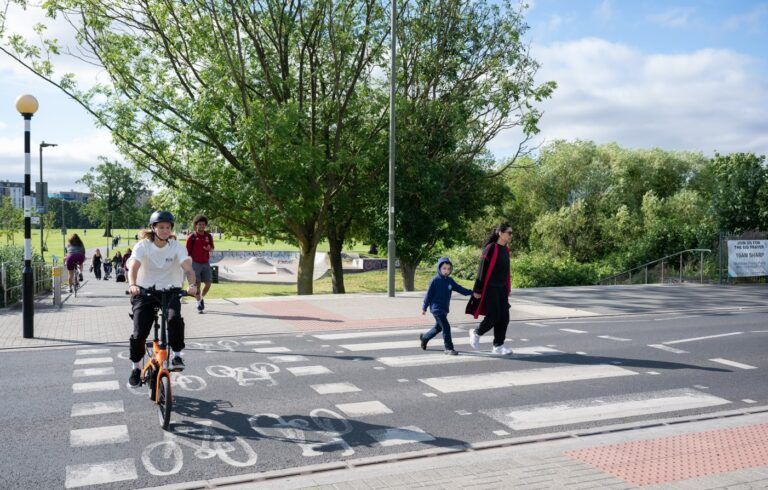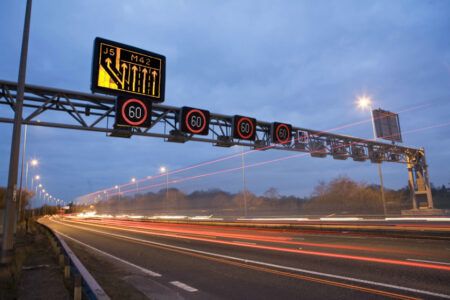Transport for London (TfL) has launched 10 new Cycleways across London, with the new routes adding another 35km to London’s growing strategic cycle network, which now reaches over a quarter of Londoners.
TfL and the boroughs’ continued work to develop Cycleways in London means the strategic cycle network has more than quadrupled in size from 90km in 2016 to 390km in June 2024. Delivering high-quality new Cycleways will support Londoners of all backgrounds and abilities to cycle safely, encouraging greater diversity in cycling.
For the launch of the new Cycleways, TfL has created new user-friendly maps that show where the routes are and how they connect to create local networks. This follows on from the recent launch of TfL Cycle Sundays, which offers a range of easy-to-follow leisure cycle routes and maps across London to explore the capital on Sundays.
The campaign has been developed in collaboration with leading cycling organizations and aims to offer beginner-friendly journeys for Londoners, backed up by a range of support to make it even easier to try out cycling for the first time, or after a break.
TfL is making significant progress in transforming outer London for people walking and cycling. The completion of the new routes follows the recent completion of Cycleway 4 in March, which enables people to cycle safely from London Bridge to Greenwich.
Further Cycleways are planned this year across outer London including the construction of two of the biggest Cycleways in London: Cycleway 9 (Hammersmith to Brentford) in Brentford and Cycleway 23 (Dalston to Lea Bridge) in Hackney. Both Cycleways are planned to be completed by late 2024.
The most recent provisional safety data published earlier this month shows that the number of people injured while cycling dropped by 5.7% from 2022 to 2023, while the number of daily cycle journeys increased by 6.3% over the same period.
Will Norman, London’s walking and cycling commissioner, said: “Expanding London’s cycleway network is key to enabling more Londoners to choose cycling as their mode of transport for shorter trips. These ten new routes connect communities in areas including Stratford, New Cross, Barnet, Walthamstow and Ealing and will support Londoners of all backgrounds and abilities to cycle safely as the mayor builds a fairer, safer greener London for everyone.”
Helen Cansick, TfL’s head of healthy streets investment, added, “We are really pleased to see a network of Cycleways continuing to emerge across more of outer London and these are helping to unlock safer cycling for all Londoners. These high-quality cycling networks bring a range of benefits to local communities, and we are continuing to work closely with boroughs and invest in further active travel schemes. We look forward to connecting even more Londoners to our cycle network and make cycling more accessible to all.”
TfL’s updated Cycling Action Plan 2, published last year, highlights the fundamental role cycling plays in making a greener, more progressive, modern city. The plan outlines why it is essential to broaden the appeal of cycling to a more diverse range of Londoners to ensure cycling levels continue to increase at pace and that all Londoners benefit from the health and economic benefits of cycling.
TfL’s research shows that people from under-represented groups are open to taking up cycling, but experience different barriers, and the plan outlines ambitious evidence-led measures to support these groups by addressing these barriers.





